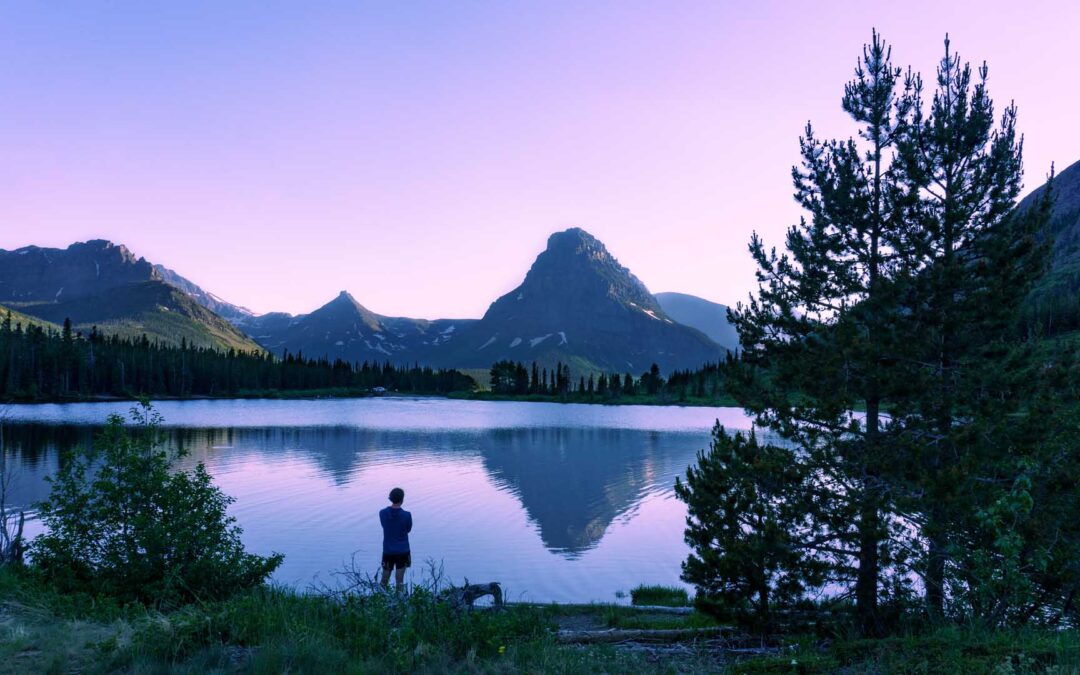GOLDEN, CO (December 20, 2021) — Today, the Biden Administration released the Year One Report on the America the Beautiful Plan, a bold response to climate change that includes the plan to protect 30% of U.S. lands and waters by the year 2030, while adhering to guiding principles that include the recognition of Tribal Nations’ sovereignty, following the lead of locally-led conservation projects, and respecting private property rights.
CDTC commends this year’s progress, which included significant growth in the safe access of racially and ethnically diverse communities to the outdoors and greenspaces, the restoration of Bears Ears, Grand Staircase–Escalante, and Northeast Canyons and Seamounts National Monuments after the prior administration’s reduction of these sites, the protection of Chaco Canyon from new oil and gas development as per the request of local Indigenous communities, and the restoration of protections for Tongass National Forest.
“The administration’s progress under the America the Beautiful Plan is encouraging, and we look forward to continuing to pursue ambitious climate solutions alongside our federal partners,” said Teresa Martinez (she/her), Executive Director of the Continental Divide Trail Coalition. “We at CDTC have seen firsthand how access to nature can be restorative not only for the individual, but also for communities. With the help of locally-led stewardship, the Continental Divide National Scenic Trail (CDT) continues to thrive and be a place of community, healing, and enjoyment for members of our Gateway Communities and also for visitors from around the world. The Biden Administration’s dedication to working with Indigenous groups and other local stakeholders is a critical component to ensuring the long term success of these climate goals.”
CDTC recently released a new report titled, Connecting Across the Continent: How the Continental Divide Trail Helps Us Reach 30×30, which details how the Continental Divide National Scenic Trail (CDT) can function as a setting to discuss how cooperative stewardship of the Divide can protect important biodiversity and ecosystems, increase equity and accessibility in the outdoors, and elevate locally-led climate solutions. CDTC’s holistic vision for a more equitable and sustainable future in conservation dovetails well with the progress the administration has made thus far.
“The CDT is far more than the actual path you walk, ride, or explore on. It is part of a far bigger landscape that is home to not only millions of people in rural and urban communities, but also hundreds of animal and plant species, some of which you may never even see in your time on the trail,” says Lauren Hendricks (she/her), GIS Program Manager at CDTC. “By thinking of the trail as a landscape, composed of an interconnected network of natural systems and human infrastructure, we can work to protect this valuable habitat while also providing access to outdoor opportunities for people of all skill levels and backgrounds.”
The America the Beautiful Plan will also economically and materially benefit the communities near newly-protected areas, as has been demonstrated in CDT Gateway Communities up and down the Continental Divide.
“CDTC Gateway Communities depend on land and water protections to attract business and fuel the burgeoning outdoor recreation industry which many residents depend on, and which is greatly diminished when our lands and waters aren’t protected,” says Andrea Kurth (she/her), Gateway community Program Manager for CDTC. “Our rural and mountain communities often bear the brunt of natural disasters like wildfires and flooding, as we saw in the CDT Gateway Community of Grand Lake just last year. Protections like those in the America the Beautiful Plan would improve the quality of life for Gateway Community residents that depend on a healthy environment for their land, water, food, and livelihood.”
CDTC looks forward to the increasing momentum and bold new ventures that will come from the second year under the America the Beautiful plan. These efforts may include locally-driven conservation efforts such as the proposed Castner Range National Monument, supported by a longtime local effort in El Paso, TX, and the proposed Avi Kwa Ame National Monument in Nevada, where a coalition of Tribes, local residents, elected leaders and other stakeholders request the preservation of Spirit Mountain, NV, which is sacred to the ten Yuman-speaking tribes and the Hopi and Chemehuevi Paiute peoples. CDTC strongly supports these opportunities for co-creation and co-stewardship with Indigenous communities and other local stakeholders, and calls upon the Biden Administration to continue to engage with these groups in a bold pursuit of America the Beautiful in the new year.
###
About the Continental Divide Trail
The CDT is one of the world’s premiere long-distance trails, stretching 3,100 miles from Mexico to Canada along the Continental Divide. Designated by Congress in 1978, the CDT is the highest, most challenging and most remote of the 11 National Scenic Trails. It provides recreational opportunities ranging from hiking to horseback riding to hunting for thousands of visitors each year. While 95% of the CDT is located on public land, approximately 150 miles are still in need of protection.
About the Continental Divide Trail Coalition
The CDTC was founded in 2012 by volunteers and recreationists hoping to provide a unified voice for the Trail. Working hand-in-hand with the U.S. Forest Service and other federal land management agencies, the CDTC is a non-profit partner supporting stewardship of the CDT. The mission of the CDTC is to complete, promote and protect the Continental Divide National Scenic Trail, a world-class national resource. For more information, please visit continentaldividetrail.org.

